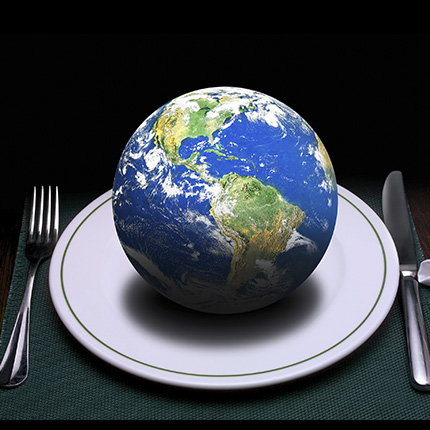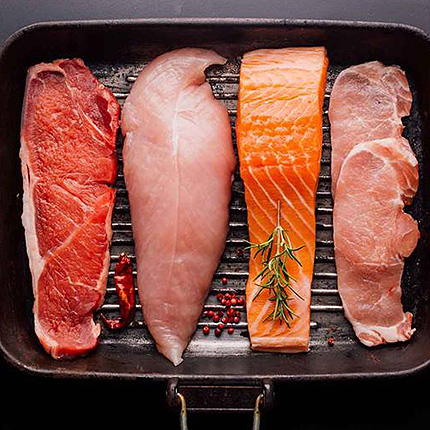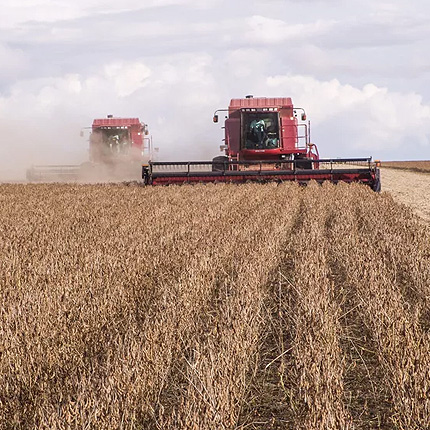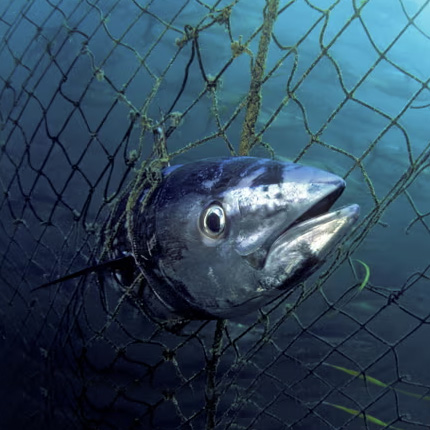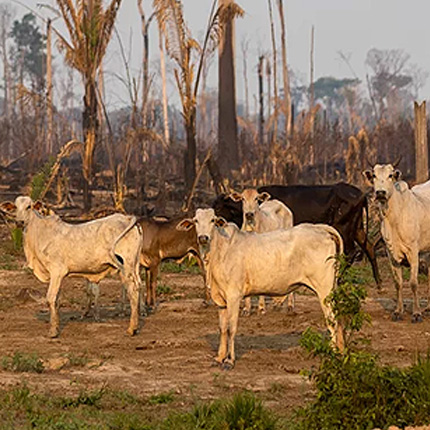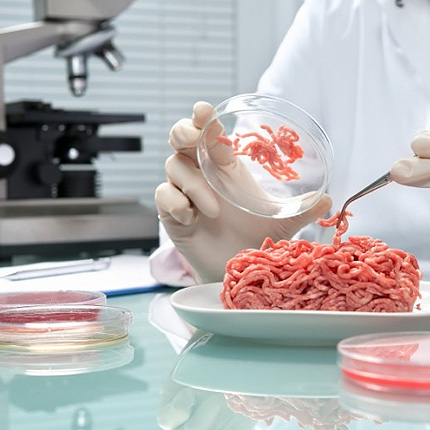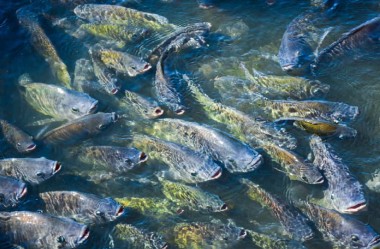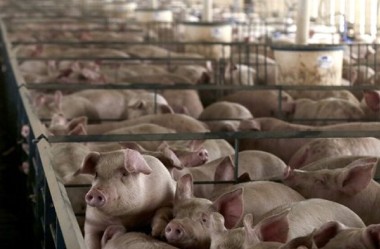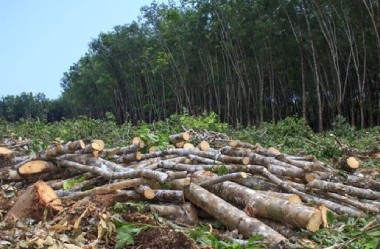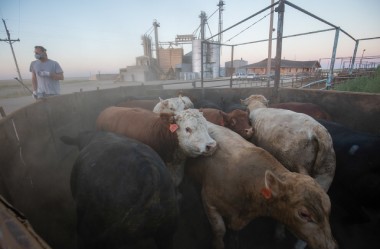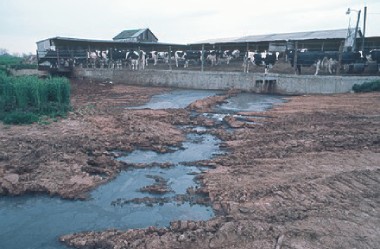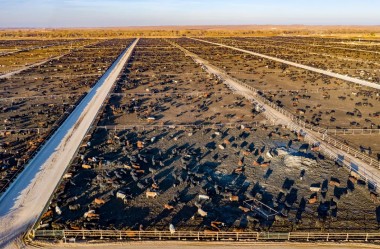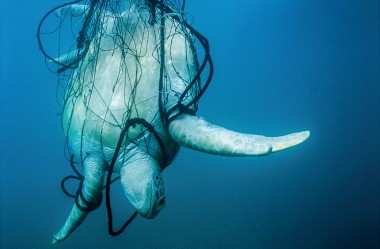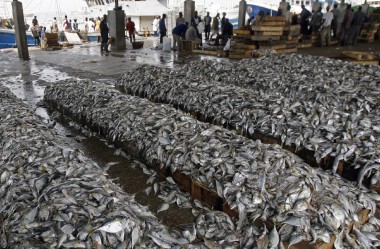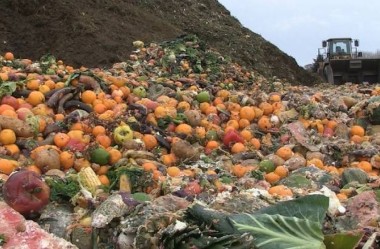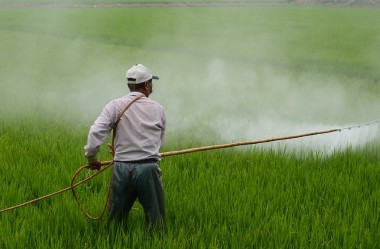Producing food causes emissions of carbon dioxide, methane, and other greenhouse gases in various ways, including through deforestation and clearing of land for agriculture and grazing, digestion by cows and sheep, the production and use of fertilizers and manure for growing crops, and the use of energy to run farm equipment or fishing boats, usually with fossil fuels. All this makes food production a significant contributor to climate change. Also, greenhouse gas emissions come from the packaging and distribution of food.
Fish Efficiency Paradox
Description: Fish are acknowledged for their efficiency compared to terrestrial animals, attributed to a favorable Feed Conversion Ratio (FCR) and a smaller environmental footprint. Increased efficiency minimizes greenhouse gas (GHG) emissions and environmental impact in food production systems.
Importance: Lower efficiency leads to amplified GHG emissions, higher resource demands, expanded farming, damage to natural carbon sinks, reduced biodiversity, elevated global warming, and challenges in complying with climate agreements like the Paris Agreement.
Aquaculture Expansion and Water Resources
Description: Aquaculture has experienced explosive growth and is projected to double by 2050 to meet seafood demand. However, freshwater resources are limited, with only a tiny percentage readily available for human use.
Importance: Balancing aquaculture expansion with water scarcity highlights the critical need for sustainable water management approaches to support aquaculture operations without depleting limited freshwater resources essential for human survival.
The shift from Fishmeal to Plant-Based Feeds
Description: Aquaculture historically relied on fishmeal and oil for fish feed, straining wild populations. Transitioning to sustainable plant-based feeds is vital to relieve pressure on marine ecosystems.
Importance: Shifting from fishmeal presents challenges in finding sustainable alternatives. Large-scale production of plant-based feeds like soy, corn, wheat, and palm oil offers a promising solution. Still, it raises concerns about industrialized agriculture practices that may contribute to deforestation and other environmental issues.
The challenge of feeding 9.8 billion people sustainably by 2050 is much more complicated than people realize
The Paris Agreement—United Nations Framework Convention on Climate Change—UNFCCC COP 21, which aims to limit global warming, offers a crucial step towards a sustainable future for humanity.
While achieving a sustainable future for humanity is essential, food production presents a complex challenge. Feeding a growing population requires significant production, yet some current methods significantly contribute to greenhouse gas emissions. This unsustainable approach includes excessive use of chemical fertilizers, deforestation for cropland expansion, intensive livestock production, overfishing, and unethical aquaculture practices. These practices disrupt ecosystems (natural carbon sinks), increase greenhouse gas emissions, and exacerbate global warming. The resulting stress on weather patterns leads to droughts, floods, and extreme weather events, further threatening food security by reducing yields, making harvests unpredictable, and increasing pest problems.
Emissions from food alone would take us past 1.5°C or 2°C this century, but we have a range of opportunities to avoid this. Even if we stopped burning fossil fuels tomorrow – an impossibility – we would still go well beyond our 1.5°C target, and nearly miss our 2°C one. Ignoring food emissions is simply not an option if we want to get close to our international climate targets.
The challenge: Can we reduce agricultural emissions and adapt food production to a changing climate, all while ensuring enough food is produced?
Paris Agreement's Goal & Why it Matters for Food Production
The Paris Agreement is an international treaty adopted in 2015 by almost all countries worldwide. Its main goal is to tackle climate change and limit global warming. Here's how it connects to food production:
Paris Agreement and Climate Change:
- The agreement aims to keep global warming below 2°C compared to pre-industrial levels, ideally aiming for 1.5°C.
- Climate change is caused by greenhouse gas emissions, which trap heat in the atmosphere.
Climate Change and Food Production:
- A warming planet disrupts weather patterns, leading to more extreme weather events such as droughts, floods, and heat waves.
- These disruptions can have a devastating impact on agriculture:
- Lower crop yields: Less food is produced overall.
- Unpredictable harvests: Farmers struggle to plan and manage their crops.
- Increased pest and disease problems: Warmer temperatures create ideal conditions for pests and diseases to thrive.
Food Production and Emissions:
- Ironically, the way we currently produce food also contributes to greenhouse gas emissions:
- Livestock: Cows and other animals burp methane, a potent greenhouse gas.
- Rice cultivation: Wet rice paddies release methane gas.
- Deforestation for agriculture: Clearing land for farming releases stored carbon dioxide.
Agriculture is one of the largest contributors to exceeding planetary boundaries, as currently understood. Crop agriculture accounts for 72 percent of freshwater consumption, 61 percent of nitrogen runoff pollution, and 32 percent of terrestrial biodiversity loss. Livestock agriculture is estimated to be the most significant contributor to biodiversity loss (53 percent), and phosphorus pollution is the second-largest contributor to nitrogen runoff and deposition (51 percent).
The Intersection
The Paris Agreement pushes for a transformation of the food system. We need to find ways to grow food that:
- Reduce emissions from agriculture to mitigate climate change.
- Adapt food production methods to become more resilient to a changing climate.
- Ensure enough food is produced to feed the growing global population.
This could involve practices like
- Ecologically sustainable farming techniques that reduce reliance on chemical fertilizers.
- Investing in research and development of drought-resistant crops.
- Reducing food waste throughout the supply chain.
The Paris Agreement (it was adopted at the UNFCCC COP 21 meeting in Paris, France, on December 12, 2015) is a global effort to combat climate change, a significant threat to food production. By working together, we can create a more sustainable food system that ensures food security for all.
We need to:
- Reduce emissions while ensuring enough food is produced.
- Help small-scale farmers adapt to a changing climate.
- Find sustainable ways to grow food with a lower environmental footprint.
Without significant changes in agricultural practices and more substantial commitments to emissions reduction, achieving the goals of the Paris Agreement and ensuring global food security will be extremely difficult.
- Falling Short of Emission Reduction Targets: The world isn't on track to meet the Paris Agreement's goal of limiting global warming. National climate targets (NDCs) are insufficient, and emissions continue to rise in the agricultural sector.
- Vulnerability of Farmers: Climate change poses a significant threat to farmers. Rising temperatures, droughts, floods, and extreme weather events can reduce yields, damage crops, and disrupt food production.
- Impact on Food Security: Climate change can lead to food insecurity, especially in developing countries. Disruptions in food production can raise prices and make food less accessible.
- High Emissions from Agriculture: The food system significantly contributes to greenhouse gas emissions, mainly from livestock, fertilizer use, and land-use changes like deforestation for agriculture.
- Limited Adaptation for Small-Scale Farmers: Small-scale farmers, often most vulnerable to climate change, lack the resources and support to adapt their practices and build resilience.
Achieving the goals of the Paris Agreement requires a significant shift in how we produce food, focusing on mitigation and adaptation strategies.
- More Ambitious Policies: Countries need to raise their national climate targets and implement stricter regulations to curb emissions from agriculture.
- Supporting Small-Scale Farmers: Investments are needed to enhance the resilience of small-scale farmers by providing access to climate-smart technologies, financial support, and knowledge sharing.
- Sustainable Practices: Food companies must adopt responsible sourcing practices and invest in reducing emissions throughout their supply chains.Transforming Food Systems: The food industry needs to prioritize ecologically sustainable production practices, reduce its environmental footprint, and ensure fair trade practices for small-scale producers.
- Transforming Food Systems: The food industry needs to prioritize ecologically sustainable production practices, reduce its environmental footprint, and ensure fair trade practices for small-scale producers.

